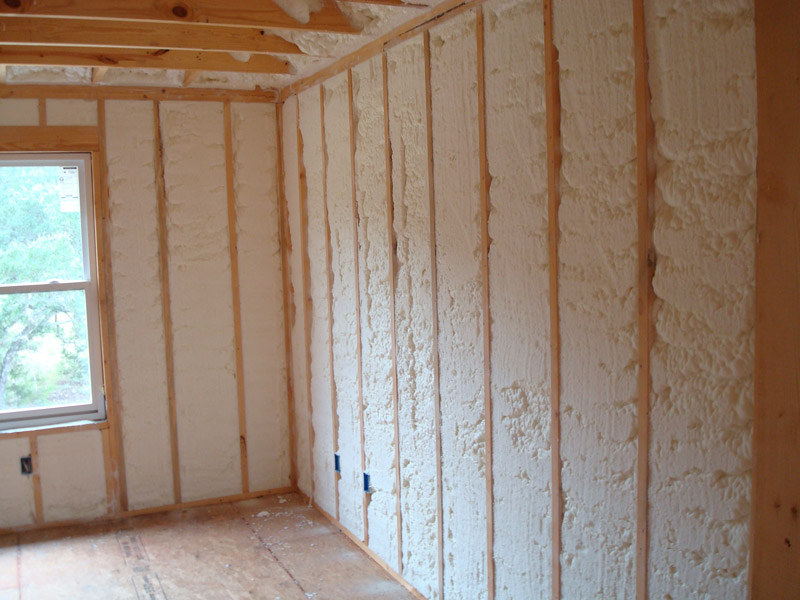Building insulation of all types performs equally well if they are properly installed and sealed, according to a new study from Building Science Corp.
The Thermal Metric Summary Report, released by the North American Insulation Manufacturers Association, compared the performance of fiberglass batts, cellulose, closed-cell spray foam, foam sheathing, and open-cell spray foam. The finding is contrary to popular belief among builders and installers that insulation quality varies depending on the material.
“R-value is R-value,” the researchers say. “When walls are constructed to the same R-value and properly air sealed, all insulation types perform essentially the same.”
Among the relevant findings:
- Air sealing is required for all insulation types to provide the optimal performance.
- During decommissioning of the open cell spray foam wall, the researchers confirmed there were areas where the foam did not adhere to the OSB sheathing, resulting in large voids that can affect performance.
- Energy losses due to thermal bridging occur with all insulation types, and this effect impacts all insulation types.
Related Stories
| Aug 11, 2010
Seven tips for specifying and designing with insulated metal wall panels
Insulated metal panels, or IMPs, have been a popular exterior wall cladding choice for more than 30 years. These sandwich panels are composed of liquid insulating foam, such as polyurethane, injected between two aluminum or steel metal face panels to form a solid, monolithic unit. The result is a lightweight, highly insulated (R-14 to R-30, depending on the thickness of the panel) exterior clad...
| Aug 11, 2010
AIA Course: Enclosure strategies for better buildings
Sustainability and energy efficiency depend not only on the overall design but also on the building's enclosure system. Whether it's via better air-infiltration control, thermal insulation, and moisture control, or more advanced strategies such as active façades with automated shading and venting or novel enclosure types such as double walls, Building Teams are delivering more efficient, better performing, and healthier building enclosures.
| Aug 11, 2010
Tall ICF Walls: 9 Building Tips from the Experts
Insulating concrete forms have a long history of success in low-rise buildings, but now Building Teams are specifying ICFs for mid- and high-rise structures—more than 100 feet. ICF walls can be used for tall unsupported walls (for, say, movie theaters and big-box stores) and for multistory, load-bearing walls (for hotels, multifamily residential buildings, and student residence halls).








